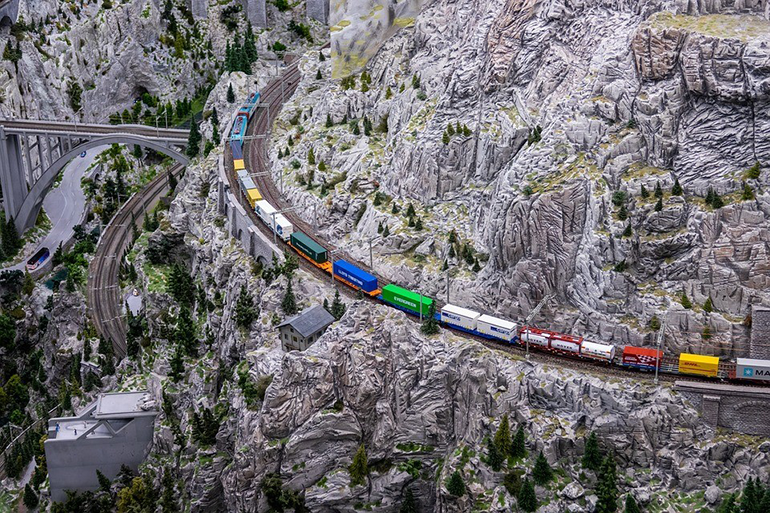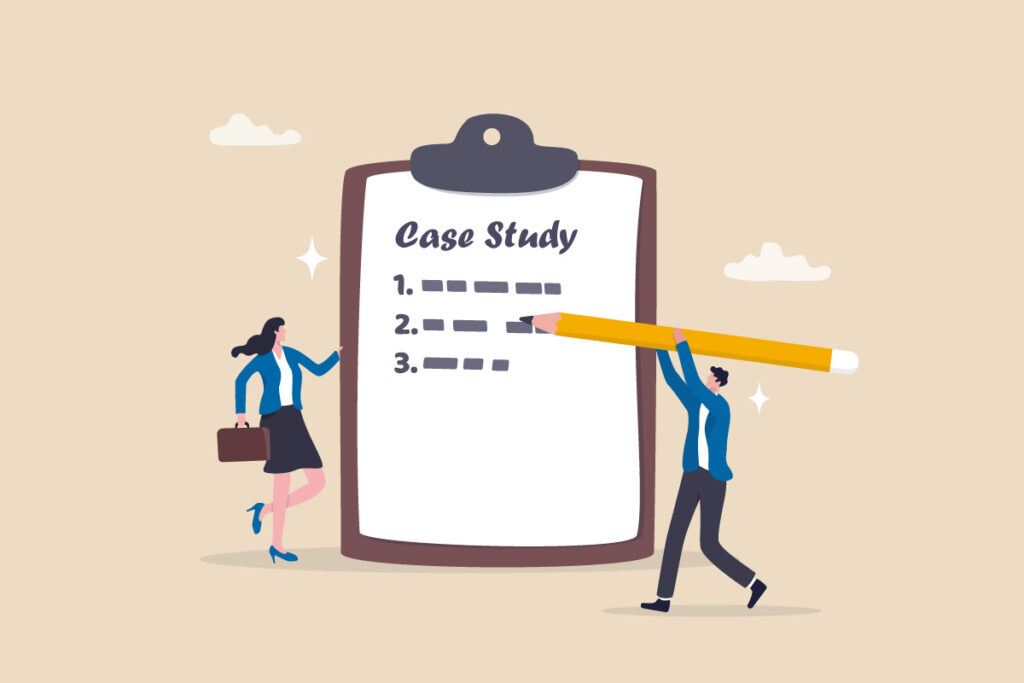- By TOP CHINA FREIGHT
- September 25, 2025
- Rail Freight, Shipping
Table of Contents
Train freight from China to Europe has become a strategic option for businesses seeking a reliable balance between cost, speed, and sustainability. While sea freight remains cost-effective and air freight is faster but expensive, rail transport offers a middle ground, combining predictable transit times with reasonable costs. This guide explores the processes, benefits, pricing, and best practices for utilizing train freight from China to Europe effectively.

What Are the Main Benefits of Train Freight from China to Europe?
Rail freight has seen increasing adoption due to its unique advantages:
- Faster Transit Times: Typically 16–22 days versus 30–45 days by sea.
- Cost Efficiency: Lower than air freight while faster than sea.
- Environmental Sustainability: Lower carbon emissions compared to air or road transport.
- Reliable Scheduling: Fixed rail corridors reduce delays caused by port congestion.
Moreover, rail freight is particularly suitable for mid-sized shipments, electronics, automotive parts, or other high-value items where timely delivery is critical without paying premium air rates.
How Does Rail Compare to Sea and Air Freight?
| Mode | Cost | Transit Time | Pros | Cons |
|---|---|---|---|---|
| Sea Freight | Low | 30–45 days | Bulk capacity, economical | Slow, dependent on ports |
| Air Freight | High | 3–7 days | Very fast, flexible | Expensive, limited volume |
| Rail Freight | Medium | 16–22 days | Balanced speed/cost, predictable | Limited routes, weight limits |
Understanding these differences helps businesses choose the most suitable transport mode for cargo type, urgency, and budget.
What Routes Do Trains Take from China to Europe?
Train freight follows several key routes, known collectively as the Eurasian Land Bridge. Common transit countries include:
- Kazakhstan
- Russia
- Belarus
- Poland
- Germany
From Germany, cargo may continue by truck or train to other European destinations, including France, Italy, and the UK. Forwarders coordinate multi-country customs clearance and track shipments in real time to ensure timely delivery.
How Are Costs Structured for Rail Freight?

Costs depend on container type, weight, distance, and additional services. Approximate pricing:
| Container Type | Cost (USD) | Notes |
|---|---|---|
| 20ft Container | 2,700–3,200 | Ideal for small-to-medium shipments |
| 40ft Container | 5,000–5,800 | Best for bulk cargo |
| LCL (per CBM) | 180–250 | Flexible option, shared container |
Additional fees may include terminal handling, customs clearance, and cargo insurance. Partnering with experienced freight forwarders ensures optimal cost-efficiency.
How Does Customs Clearance Work for Rail Freight?

Cross-border rail freight requires accurate documentation to avoid delays:
| Document | Purpose |
|---|---|
| Commercial Invoice | Confirms product value and sale terms |
| Packing List | Lists weight, dimensions, and contents |
| Bill of Lading | Legal proof of shipment |
| Certificate of Origin | Verifies country of manufacture |
| Customs Declaration | Compliance with import/export rules |
Forwarders provide guidance on filing documentation for multiple countries, helping reduce clearance times and minimize extra costs.
Why Choose Rail for Time-Sensitive Shipments?
Rail offers an excellent middle-ground solution for businesses needing predictable transit without paying air freight premiums.
Reduced Lead Times:
Faster than sea freight by 1–3 weeks on average.
Reliability:
Fixed schedules reduce delays caused by port congestion or weather.
Optimized Supply Chain:
Align production cycles with delivery windows to reduce inventory costs.
Electronics, machinery, and fashion products often benefit most from rail shipping due to predictable transit schedules.
What Are the Risks and Challenges of Rail Freight?
Certain heavy or oversized cargo may not be suitable.
Not all European cities have direct rail links.
Multiple customs inspections along the route can slow delivery.
Handover between countries requires careful planning.
Case Study: Electronics Export from Shenzhen to Berlin

Scenario:
A Shenzhen-based electronics manufacturer ships 30 containers annually to Berlin. Air freight was costly, and sea freight caused delays.
Solution:
By switching to rail freight:
- Transit time reduced from 35 days (sea) to 18 days.
- Shipping costs decreased by 40% compared to air freight.
- Forwarder managed multi-country customs, reducing delays.
Result:
The company achieved predictable delivery schedules, lower transportation costs, and more efficient supply chain management.
How to Optimize Supply Chain with Rail Freight
1.Consolidate Shipments:
Maximize container utilization to lower costs.
2.Flexible Scheduling:
Avoid congestion during peak periods.
3.Use Experienced Forwarders:
Leverage expertise in multi-country documentation and customs.
4.Track Shipments:
Real-time visibility from origin to destination.
Insurance & Risk Management:
Protect cargo from damage or delays.
These practices enhance efficiency while maintaining cost-effectiveness.
Pros and Cons of Rail Freight vs Sea and Air
| Criteria | Rail Freight | Air Freight | Sea Freight |
|---|---|---|---|
| Speed | Medium | Fast | Slow |
| Cost | Medium | High | Low |
| Reliability | High | High | Medium |
| Environmental Impact | Low | High | Medium |
| Best For | Mid-sized, time-sensitive | Urgent, small shipments | Bulk, non-urgent |
Businesses must evaluate shipment type, urgency, and budget when selecting the best transport mode.
Emerging Logistics Trends in Rail Freight
Forwarders increasingly use AI and IoT for real-time monitoring.
Rail is promoted as a sustainable alternative to air and road transport.
Combining rail with last-mile trucking for end-to-end delivery.
Anticipating delays due to customs, weather, or congestion.
Conclusion
Efficient train freight from China to Europe requires strategic planning, technology integration, and a reliable logistics partner. By consolidating shipments, tracking in real-time, and optimizing customs clearance, businesses can balance cost, speed, and reliability. Request a quote today to explore customized rail freight solutions for your European shipments.
Need a Shipping Quote?
If you want expert guidance and peace of mind, our team is ready to assist.
TJ China Freight offers tailored solutions to help businesses of all sizes ship more reliably from China.

FAQ
Q1:How long does train freight from China to Europe take?
Typically 16–22 days depending on route and customs inspections. Faster than sea freight but slower than air freight.
Q2:What are the costs of rail freight from China to Europe?
A 20ft container costs around USD 2,700–3,200; a 40ft container costs USD 5,000–5,800. LCL rates vary by volume.
Q3:Can rail freight handle sensitive cargo?
Yes, containers can include temperature control and risk management measures for electronics, machinery, or perishable items.
Q4:How is customs clearance managed?
Forwarders prepare invoices, packing lists, bills of lading, certificates of origin, and declarations to ensure smooth clearance.
Q5:What are the advantages of rail over sea and air?
Rail balances speed and cost, is more reliable than sea, and cheaper than air for mid-sized shipments.
